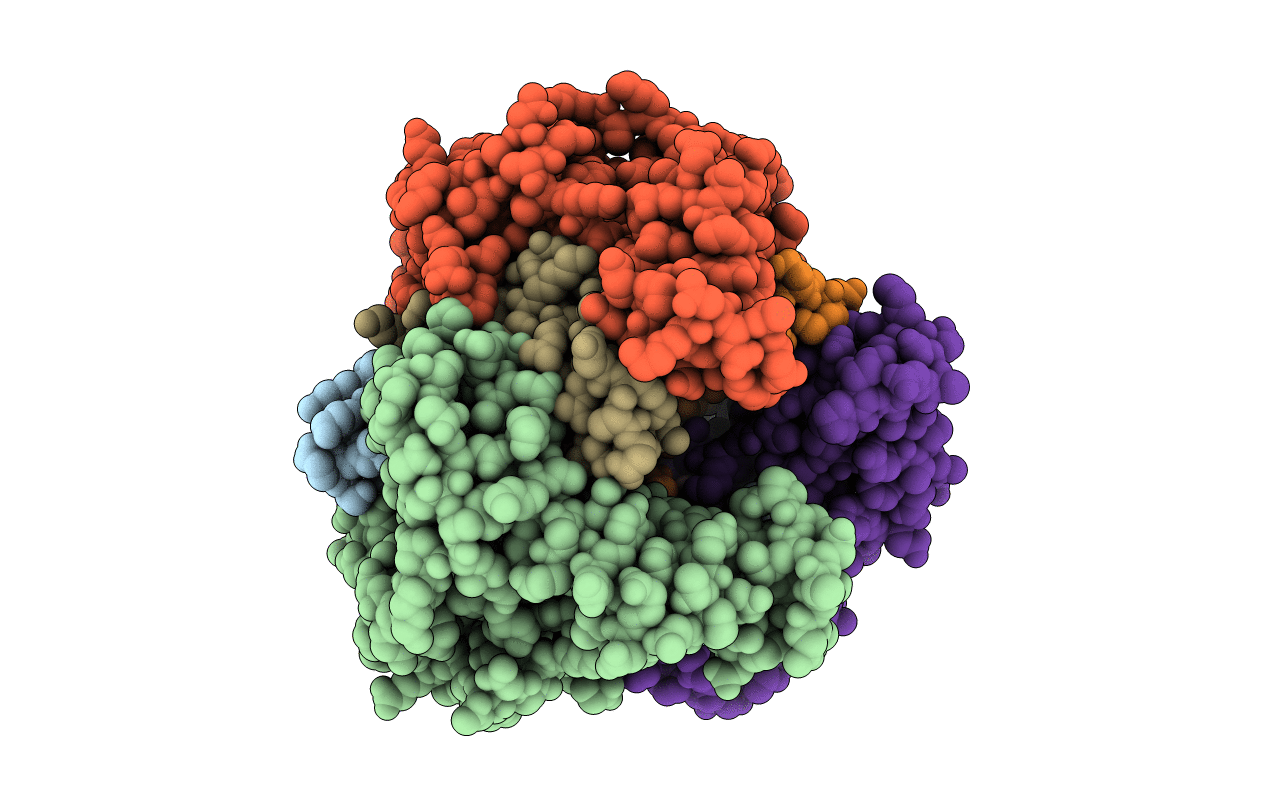
Deposition Date
2001-03-29
Release Date
2002-03-13
Last Version Date
2024-02-14
Entry Detail
PDB ID:
1IBW
Keywords:
Title:
STRUCTURE OF THE D53,54N MUTANT OF HISTIDINE DECARBOXYLASE BOUND WITH HISTIDINE METHYL ESTER AT 25 C
Biological Source:
Source Organism:
Lactobacillus sp. 30A (Taxon ID: 1593)
Host Organism:
Method Details:
Experimental Method:
Resolution:
3.20 Å
R-Value Free:
0.26
R-Value Work:
0.20
R-Value Observed:
0.21
Space Group:
C 2 2 21


